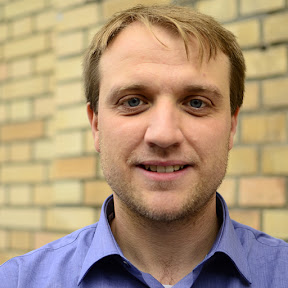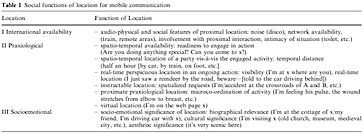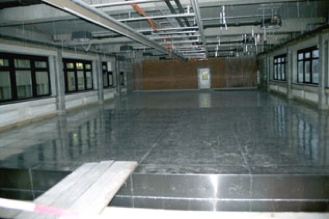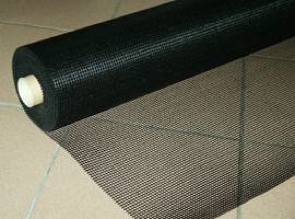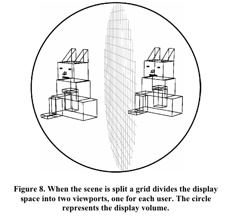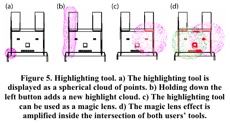Yesterday, I presented publicly my thesis to the Faculty of Informatics and Communication at EPFL. I also delivered the final version of the thesis to the registrars office of the university. This final version has an extra page at the end with some minor corrections (thanks to Darren Gergle for the suggestions). The PDF of the thesis can be downloaded here (371 pages, 42.7 Mb), while the slide deck I used for the presentation of this work can be downloaded here (57 slides with notes, 5 Mb).
As a part of the presentation of the work, I prepared a little animation which shows a typical interaction an user might have with STAMPS. Here you can download this movie (divx, 700 Kb).
Title: “Annotations of Maps in Collaborative Work at a Distance”
(thesis director: Pierre Dillenbourg)
Abstract:
This thesis inquires how map annotations can be used to sustain remote collaboration. When we are face-to-face, we can point to things around us. However, at a distance, we need to recreate a context that can help disambiguate what we mean. A map can help recreate this context. However other technological solutions are required to allow deictic gestures over a shared map when collaborators are not co-located. This mechanism is here termed Explicit Referencing.
Two filed experiments were conducted to investigate the production of collaborative annotations of maps with mobile devices. Both studies led to very disappointing results. The reasons for this failure are attributed to the lack of a critical mass of users (social network), the lack of useful content, and limited social awareness. More importantly, the study identified a compelling effect of the way messages were organized in the tested application, which caused participants to refrain from engaging in content-driven explorations and synchronous discussions.
This last qualitative observation was refined in a controlled experiment where remote participants had to solve a problem collaboratively, using chat tools that differed in the way a user could relate an utterance to a shared map.
Results indicated that team performance is improved by the Explicit Referencing mechanisms. However, when this is implemented in a way that is detrimental to the linearity of the conversation, resulting in the visual dispersion or scattering of messages, its use has negative consequences for collaborative work at a distance. Additionally, a primary relation was found between the pair’s recurrence of eye movements and their task performance.Finally, this thesis presents an algorithm that detects misunderstandings in collaborative work at a distance. It analyses the movements of collaborators’ eyes over the shared map, their utterances containing references to this workspace, and the availability of ‘remote’ deictic gestures. The algorithm associates the distance between the gazes of the emitter and gazes of the receiver of a message with the probability that the recipient did not understand the message.
